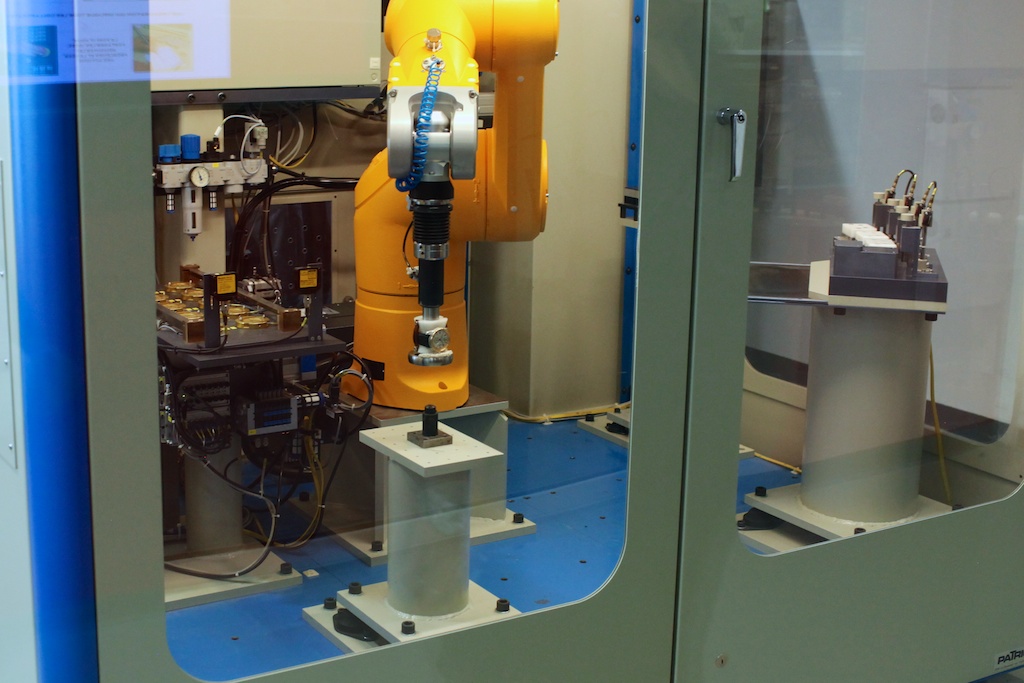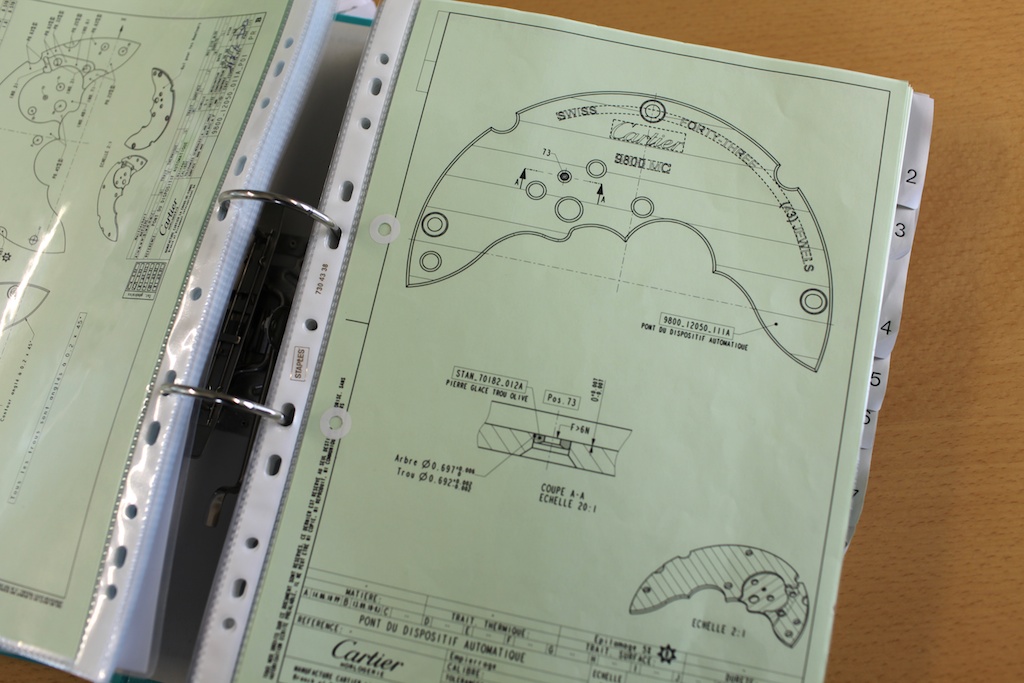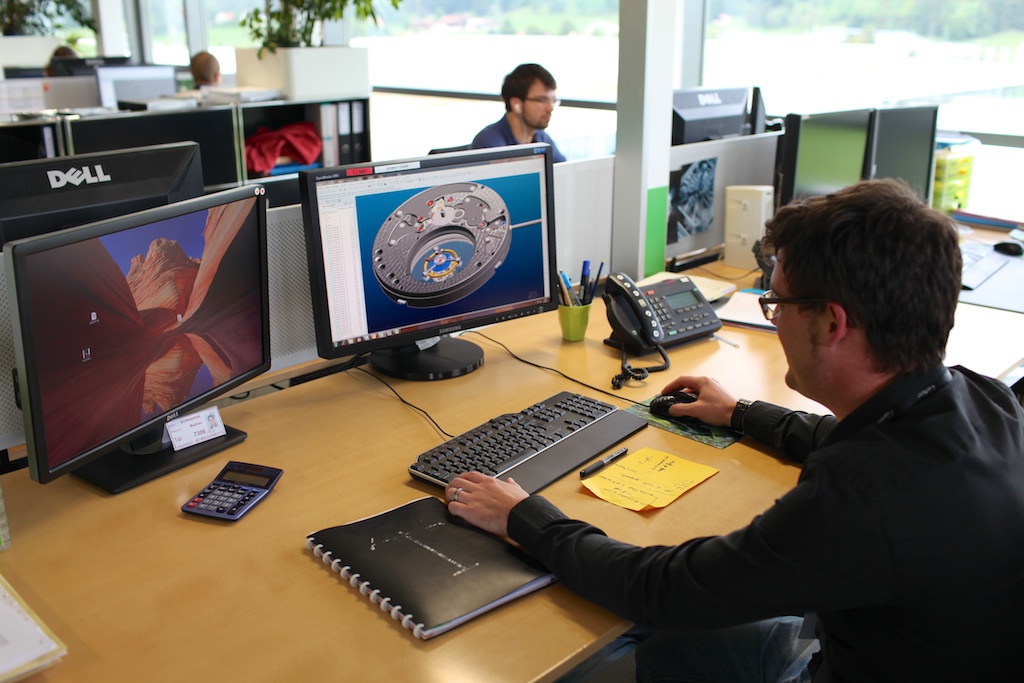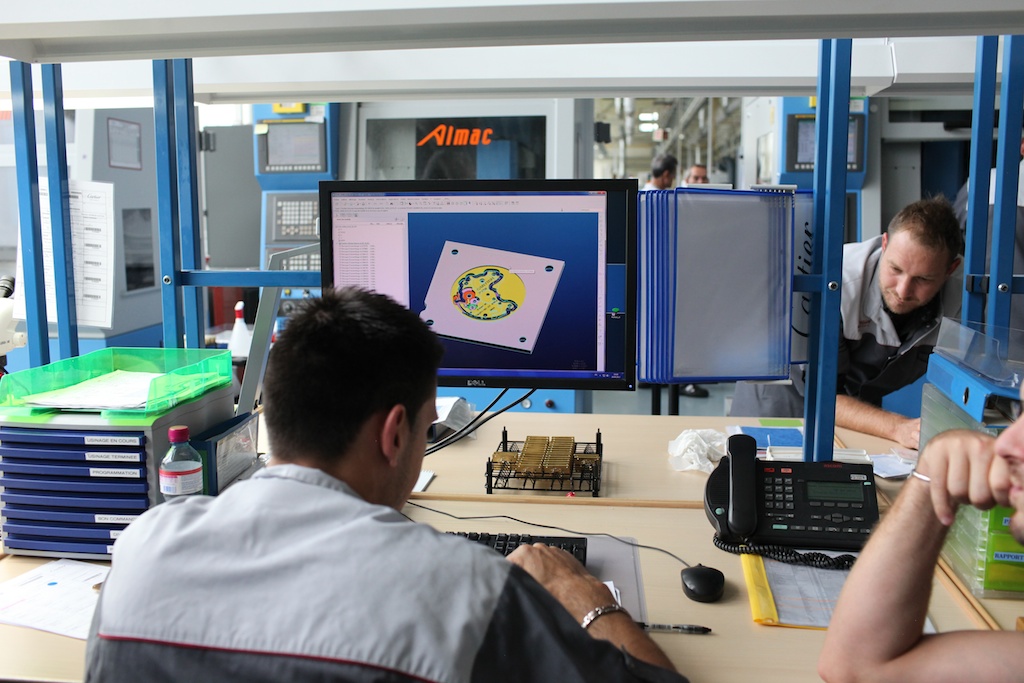A number of things struck me about this Cubed podcast from a week or two ago, which was primarily a discussion about Apple's place in the market. They're all a bit non sequitur, but I think there's a lot of insight here. Throughout, emphasis is mine.
The discussion started out with Horace Dediu talking about what he calls "the innovator's curse." He applies it to Apple, with the point being that although Apple has repeatedly demonstrated an ability to produce massively successful products, financial analysts use that fact against them - expecting a regression towards the mean. He cites a quote by Steve Jobs as a jumping off point: "Babe Ruth only had one home run, and he kept hitting it over and over." The conversation takes off from there; here's Dediu:
So, Apple is in the business of hitting home runs. And I would use the analogy of Pixar, which only makes blockbusters - they are just a blockbuster manufacturing company. If you *knew* that any company was only in the business of making only home runs, then you would conceivably price them as a discounted current value of all of the home runs they might hit. Why is it, then, that Apple isn't valued at even the net present value of all of the current products that they have? And actually, the expectation is that the iPhone will diminish, and go to zero, and thereafter the company will be worth nothing. That is indeed what you would get if you did the simple arithmetic of their P/E ratio...So my point was that if [Apple's ability to produce successful products] was a repeatable process, then why doesn't the market believe that it's going to actually repeat? ...so [the innovator's curse] is that you've proved that you can do something over and over again, but nobody believes you. In other words, you've done five home runs in a row, and the expectation the next time you're at bat is that you will never hit another home run, *ever.* That's how the market thinks, and it's believable to think that way. Because they say "it's hard enough to hit *one* home run - how do you expect that you can hit *six*?"
So if you use the markets as they were originally conceived, as a source of funding, and you've had six home runs in a row and you go back to the market to raise money and say "give me the chance to hit seven," and they say "no way - we're not going to give you a penny."
The more successful you are, the more likely it is that you won't be to get funding going forward. And that's why Apple needs so much to have the [financial] resources internally - because no one will trust them.
The consensus on the podcast is, of course, that Apple's success *is* repeatable, and that the market has it wrong.
Later, Benedict Evans on Apple's resurgence:
One of the things that strikes me is that in a sense, Apple has been doing the same thing for 30 years - it's just the market's changed. So Apple has always been about product fit & finish and the user experience, and not going below a certain level of quality in order to hit a certain price point where there's a market opportunity. And in the days of the PC industry, that model didn't work, because that wasn't how PCs were bought. They were predominantly bought by corporate buyers who wanted 500 with a certain number of features and a certain price and they were going to go under the desk so they didn't care what they looked like and they were never going to be configured after they were bought, so they didn't care what the user experience was. So Intel had product-market fit, but Apple didn't.
As we've now come around to the smartphone and the tablet world, products are bought in line with Apple's values - with the way that Apple tries to make products. And so part of the reason that Apple has been winning for the last ten years, say, is that the market came around to where Apple was, rather than that Apple created out of thin air some amazing product that nobody could have conceived of before.
Next, Evans again on Apple skeptics:
If you don't see what the common thread is between Apple's products, then you will think that each one of them was somehow some unique stroke of genius. And it's only if you see what it is that unifies all Apple products, and their approach - and it's not unique to Apple, you see the same kind of product quality in Nokia Lumia phones, for example, which are lovely pieces of hardware which aren't selling for a bunch of different reasons; or you can see it in some HTC product, or in some Sony product, but you probably don't see it in some South Korean product.
But if you come from position which says "I don't see any difference between an iPhone and a high end Samsung and a high end Nokia," then you will look at the iPhone with a degree of mystification, and you will say that it's somehow because of marketing, and it's because Steve Jobs had some unique genius to create that product, rather than seeing that it flows out of an underlying approach to creating product. It's a bit like the way that communist governments used to explain failure by saying it was sabotage, because they couldn't actually understand what the real process was that was causing the problems. That wasn't something their mindset could deal with, so it had to be sabotage. So you get a class of minds that look at Apple products and say "Well it's all a fad."
And Ben Bajarin on the importance of having a shared vision, regardless of what it is:
They [Pixar] believe that they are making the best motion pictures on the planet. And what is key to that is [Pixar employees] believe that these things are the best, and their talent and skill sets validate that and actually create the best. And so it comes down to the talent thing: you've got to have the right people with a shared vision about what the best is. And the best is going to vary. What's the best for Google might be very different from the best for Amazon or the best for Apple. But the point is that you acquire these people who share a vision of what the best is.
And so you read this article about John Lasseter and these guys at Pixar and they'll say "We were working on this movie and halfway through we realized it really wasn't what we wanted it to be. And so we said well, we could ship it, or we could work a *ton* of overtime and stretch ourselves and really it right." And that's what they did - whenever they saw those things happening, they worked their tails off to make it right. Because they were so proud of what they were creating that they basically said "If I'm not willing to put my name to that, then I'm not going to ship it." And whether that meant being patient, whether that meant a complete restructure...
The culture is both dependent on a shared vision of what the best is - so for Apple, it's "what are the best personal computers on the market," or "what is the best products on the market with the best experience" - like I said, their vision might differ from Microsoft's and others' - but it comes back to hiring the people who believe that that is the best, and who more importantly will not ship a product with their name on it unless they believe that [it is the best].
I really recommend listening to this show yourself - it's got a lot of really interesting analysis and dialog.














